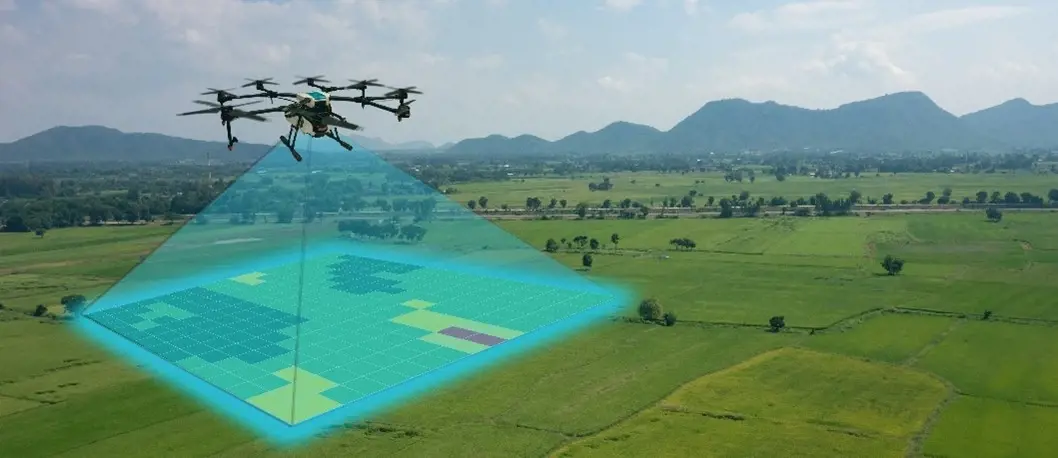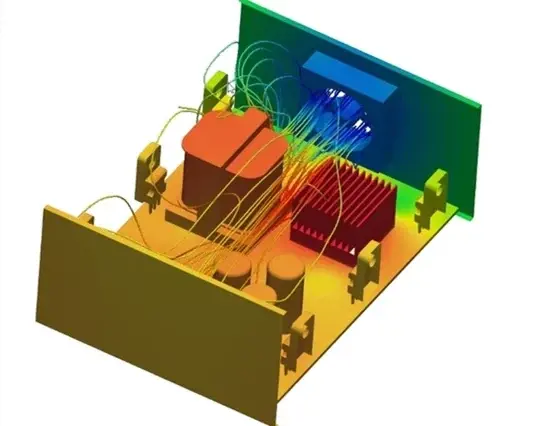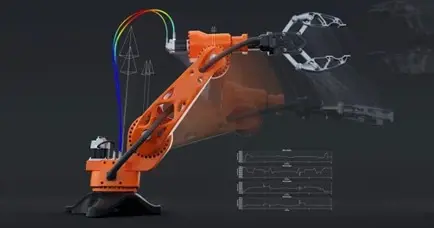IoT Integration with Mechanical Engineering
In this post we look at the evolution of mechanical engineering, and how IoT-enabled devices have evolved. Then we explore HyperWorks and its role.
The term “Internet of Things” (IoT) has been in the engineering zeitgeist for more than a decade now, and it shows no signs of slowing down. If you aren’t familiar, the term "Internet of Things" refers to the network of physical objects that are embedded with sensors, software, and other technologies for the purpose of connecting and exchanging data with other devices and systems over the internet.
The integration of the IoT into mechanical engineering processes represents a change in how products are designed, developed, and deployed. This blog post will dive into the relationship between IoT and mechanical engineering, with a focus on how Altair HyperWorks facilitates this integration.
How is IoT involved with Mechanical Engineering now?
IoT technology has already impacted mechanical engineering by enabling real-time data capture, analysis, and system optimization. Sensors can be embedded in mechanical systems that can monitor various parameters, including temperature, pressure, and vibration, providing engineers with a continuous stream of data.
These sensors can provide early warning signs of system failures, wear and tear, or hazardous conditions, which allows engineers to proactively prevent accidents or equipment damage.
Mechanical designers must also design with IoT in mind. This means the physical integration of the sensor, so factors like size and placement are very important. The design and location of the sensor will have an impact on how the sensor connects to other devices. Designers need to consider environmental factors such as wall thicknesses to ensure signal health and how to protect the sensor from damage.
Altair HyperWorks
HyperWorks facilitates the design and testing of complex systems, ensuring that they are not only functional but also optimized for real-world operations. The HyperWorks environment includes many different solutions from within the same interface. HyperWorks aids users in many steps of the development process from the design, structural analysis, optimization of an IoT-enabled product, using CFD solutions to ensure sensors are protected from overheating, understanding multi-body dynamics, and integrating with electronic simulation tools.
Design and Optimization with Altair OptiStruct
Altair OptiStruct is a structural solver included with Altair HyperWorks, that not only allows users to run advanced structural simulation scenarios. It also includes a leading topology optimization technology that allows users to lightweight their design, while maintaining design integrity. When designing models for IoT purposes, the software can aid in minimizing material usage while maximizing performance and durability.
For example, an engineer designing an agricultural drone, seen in Fig 1 below, could use OptiStruct to minimize wall thickness, which allows for clearer signal projection from the sensor, while still maintaining the strength needed to withstand a collision at high speeds or falls from different heights.
 Fig1: Agricultural drone projection signal
Fig1: Agricultural drone projection signal
Prevent Overheating using Altair Acusolve
Altair Acusolve (Included with Altair HyperWorks), with its robust computational fluid dynamics (CFD) capabilities, provides a solid foundation for designing IoT-enabled products that require thermal management. Engineers can simulate thermal behavior and fluid flow around a sensor within its operational environment.
One example of this would be gaming laptops which often integrate powerful processors and graphics cards that generate substantial heat, affecting nearby sensors and components. By leveraging Acusolve, engineers can simulate the thermal environment within the laptop, identifying how heat from the CPU and GPU spreads throughout the chassis. This detailed thermal mapping allows for the optimization of heat sinks, cooling fans, and the strategic placement of thermal vents to efficiently dissipate heat away from critical sensors and components, see below in Figure 2.

Fig 2: Thermal Simulation using Acusolve for electronic components
Understand Product Movement with Altair MotionSolve
Altair MotionSolve offers a very capable solution for engineers aiming to design products with IoT capabilities, particularly those involving complex mechanical movements. These simulations can analyze the mechanical system's kinematics and dynamics, ensuring that each component moves as intended while minimizing unnecessary stress and energy consumption.
By integrating IoT sensors that monitor conditions such as position, velocity, and torque in real-time, engineers can use MotionSolve to predict how their design responds to different commands and environments, optimizing its design for efficiency, durability, and precision.
Altair wrote an informative article titled, “How the combination of IoT and Simulation Play a Role in Industrial Machinery Design”, that talks about using a multi-body simulation tool like MotionSolve and Digital Twins to optimize this process.

Fig3: Robotic Arm with results using Altair MotionSolve
Integration with Electronic Simulation Tools
Altair HyperWorks integrates with other Altair Engineering tools that specialize in electronic product design:
Altair Feko is a leader in the arena of high-frequency electromagnetic compatibility. Designing an IoT device with Feko means ensuring that the device not only communicates effectively with other devices and networks but also adheres to international standards for EMC.
Altair Flux specializes in low frequency electromagnetic and thermal simulations. Designers can predict how heat will be generated and dissipated minimizing the risk of sensor failure.
Altair PSIM is a powerful simulation tool for power electronics, motor drives and control systems.
Overall, Altair HyperWorks is offering the tools and capabilities engineers need to harness the power of IoT. By enabling smarter design, predictive maintenance and optimized product design, HyperWorks is supporting the evolution of mechanical engineering.
